American Cranberrybush (Viburnum opulus var. americanum synonym V. trilobum), also called Highbush Cranberry, Cranberrybush Viburnum, and several other common names, is not the source of the cranberries often served for Thanksgiving dinner. Those cranberries come from an unrelated species, Cranberry (Vaccinium macrocarpon), a member of the heath family, and a plant that is more closely related to blueberries than it is to American Cranberrybush.
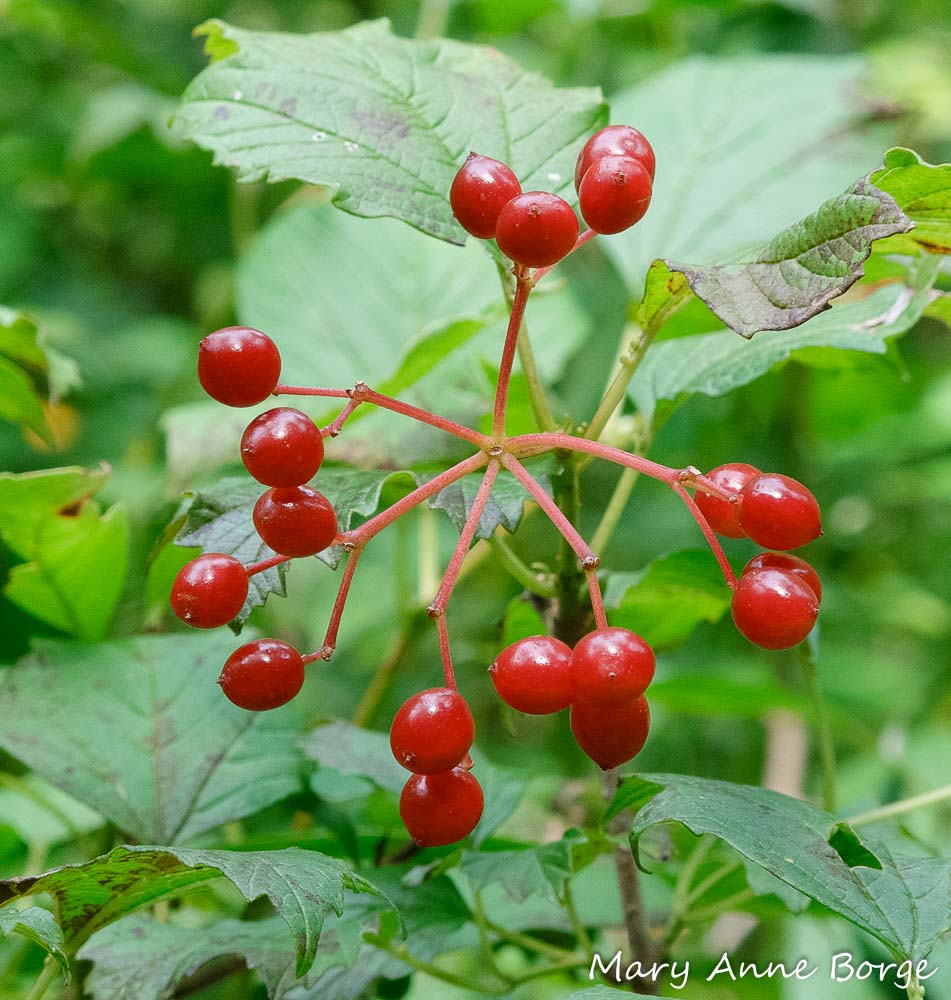
American Cranberrybush gets its common name from the color of its bright red fruit, which does resemble the cranberries so often used to make holiday side dishes or to garnish a salad. The common name Highbush Cranberry refers to this shrub’s height, which can be in the range of 8 to 12 feet (2.5 – 3.6 meters), much taller than the species that yield fruit for those traditional dishes.
This lovely shrub blooms in spring, usually some time in May. Its floral display consists of two types of flowers arranged in a large rounded cluster, creating a lace-cap effect. Large white sterile flowers form the perimeter of the flower cluster, surrounding a dense group of much smaller fertile flowers that make up most of the inflorescence. The job of the sterile flowers is to be showy enough to attract potential pollinators to the fertile flowers, where the work of reproduction is carried out. This floral strategy is shared by Hobblebush Viburnum (Viburnum lantanoides, synonym V. alnifolia) and some of the hydrangeas.
The sterile perimeter flowers bloom first.
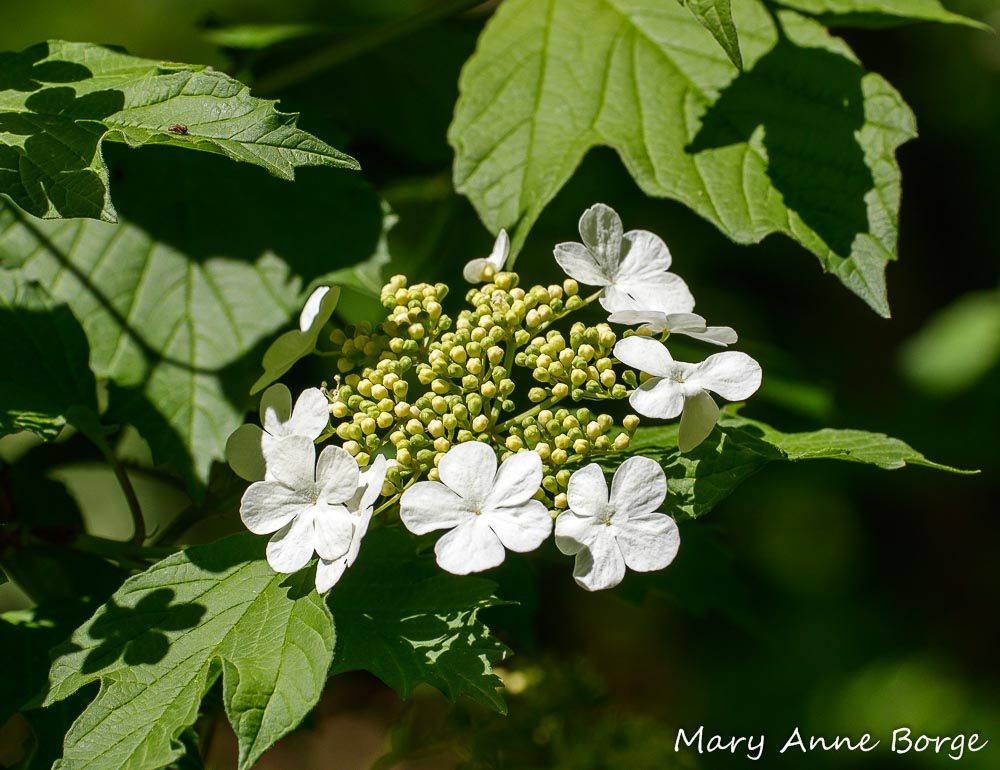
Then gradually, the fertile flowers open for business, enticing pollinators to visit, including many flies, bees and beetles, all important pollinators.
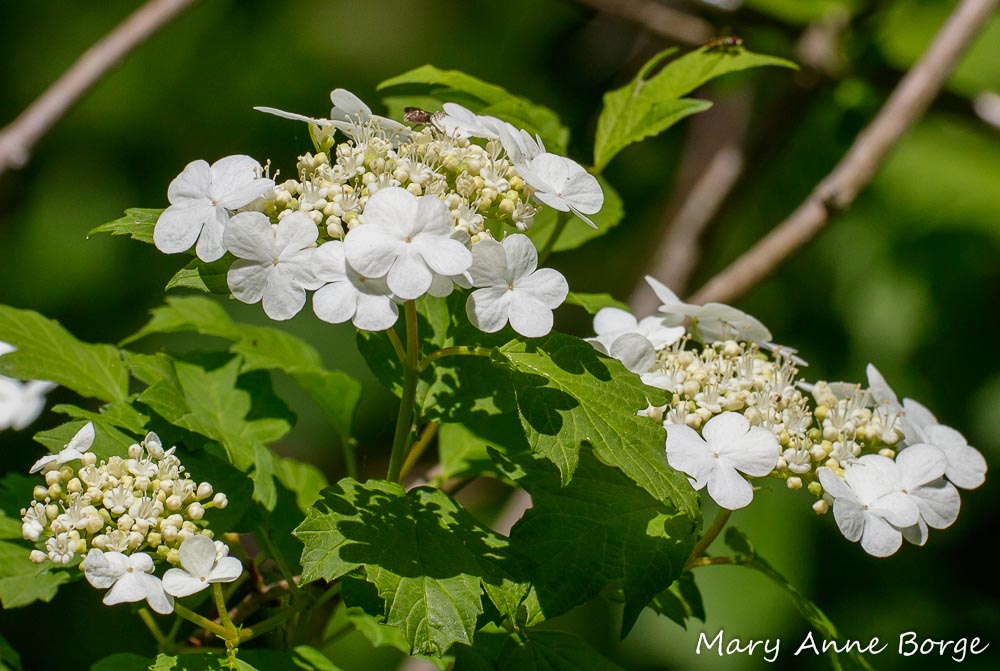
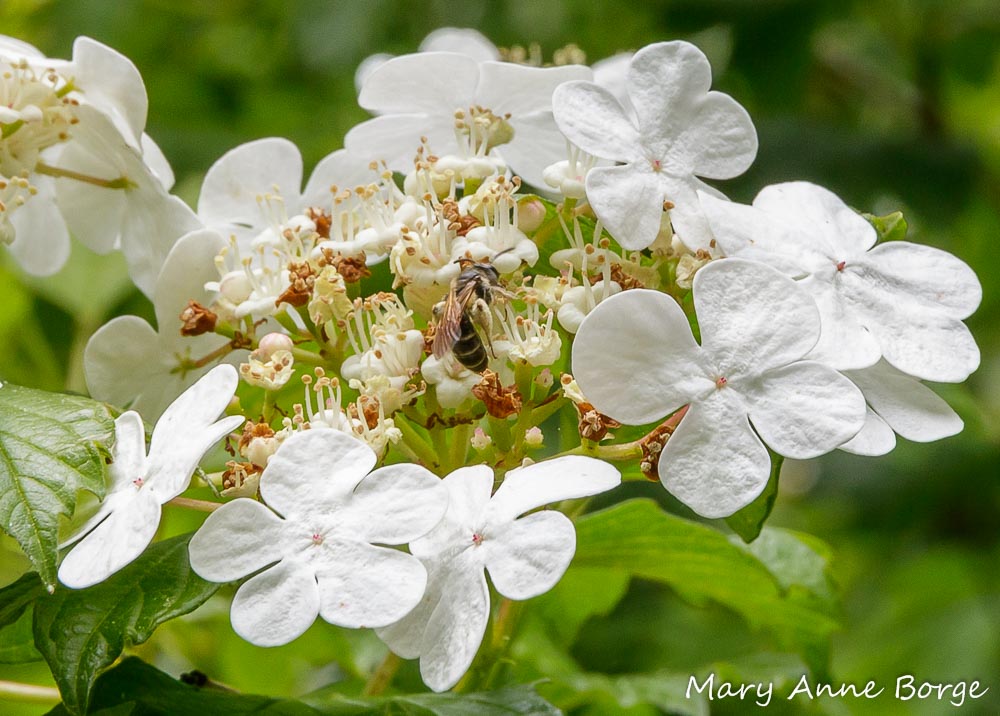
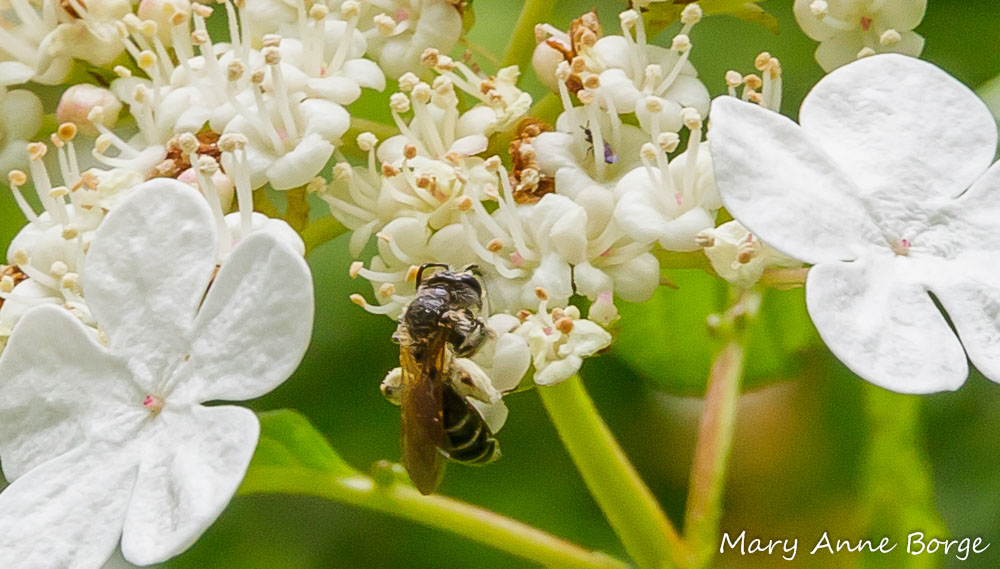
Spring Azure butterflies use the flowers and buds of this and other spring-blooming viburnums, and a few other woody species as food for their caterpillars.
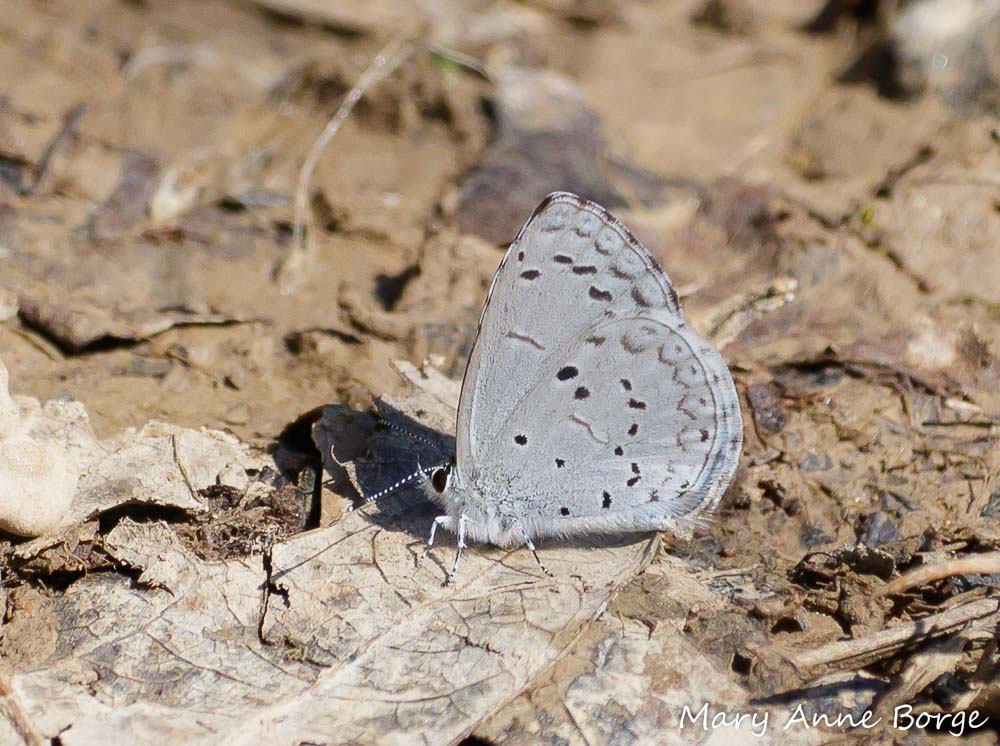
Hummingbird Clearwing and several other moth species also use this and other viburnums as food for their caterpillars.
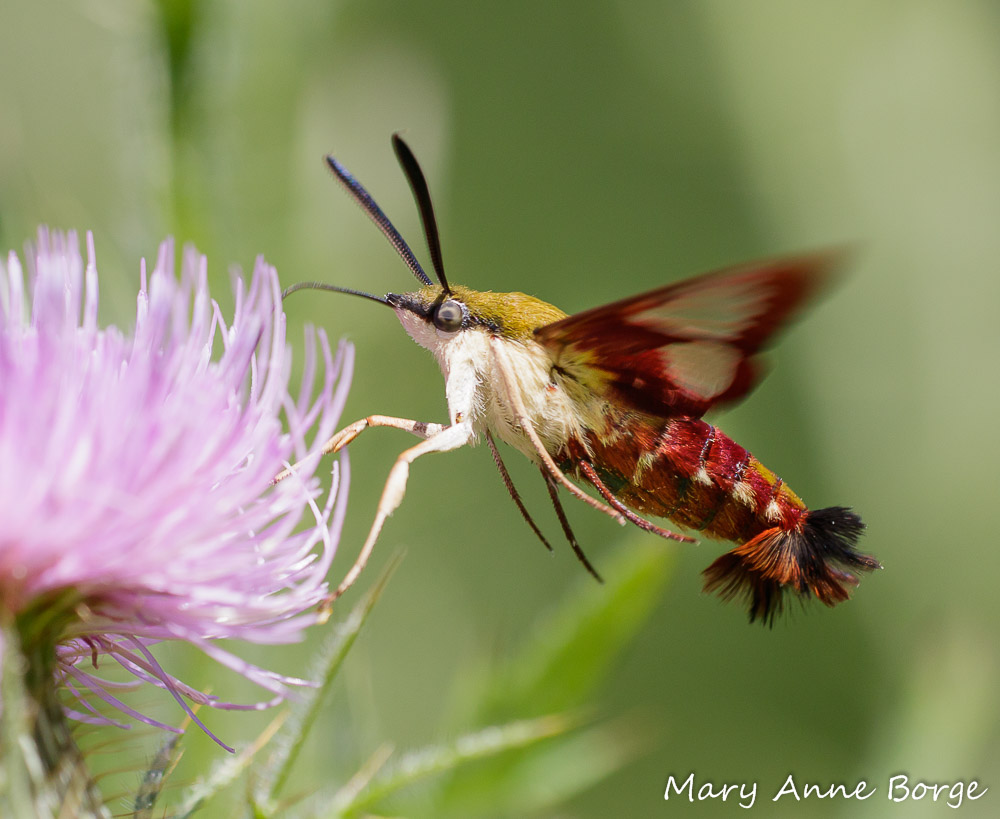
American Cranberrybush leaves have three lobes, resembling the leaves of Red Maple (Acer rubrum). To protect itself from hungry marauding caterpillars, American Cranberrybush has glands on its leaf stems just below where the stem meets the leaf blade. These glands are extra-floral nectaries, designed to lure insects that can be enticed by both a sweet nectar treat and the protein available from a caterpillar. Ants, wasps, even some flies are potential security guards that are paid for their presence with nectar from these glands, with the potential for a bonus: as many caterpillars as they can find. Ants drink nectar and eat caterpillars and other insects. Wasps and flies drink nectar, and some also hunt caterpillars or other insects to feed their young. The presence of these predatory insects helps protect American Cranberrybush from foraging caterpillars.
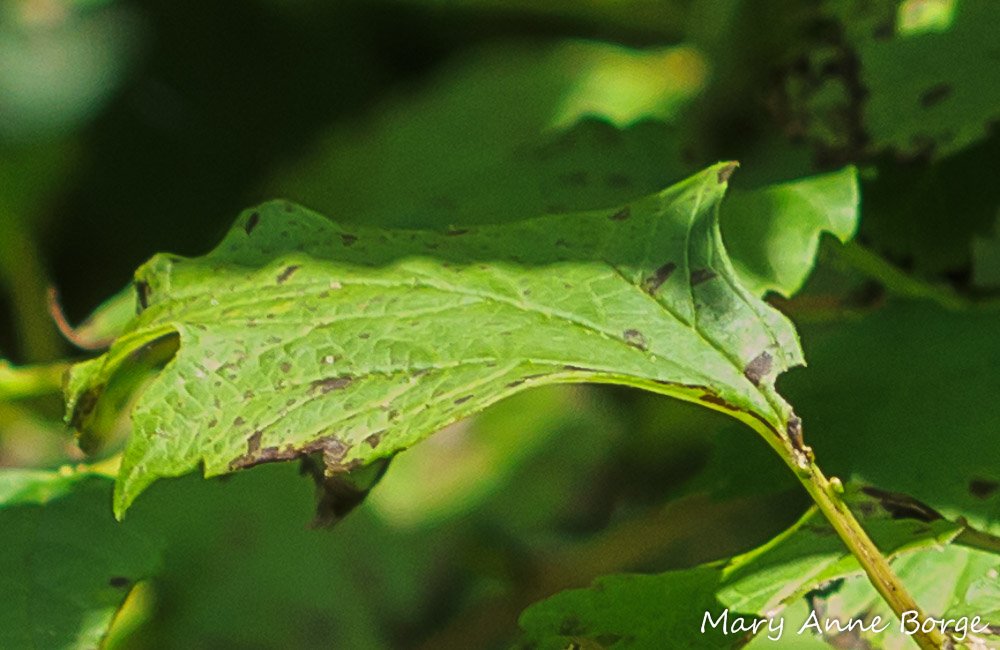
American Cranberrybush is a variety of a look-alike shrub, European Cranberrybush (Viburnum opulus) which is of European origin and can become invasive in North America. The two can interbreed, which has the undesirable potential to lead to the loss or alteration of the native variety. The best way to tell the two apart is by their extra-floral nectaries. On American Cranberrybush, these nectaries are somewhat convex or slightly rounded at the top, while those on European Cranberrybush leaf petioles (stems) are concave.
By late June, developing fruit replaces successfully pollinated flowers, ripening as the summer goes on. The fruit is a drupe, a fleshy fruit with a single seed encased in a stony pit. Peaches and cherries are examples of fruits that are drupes.
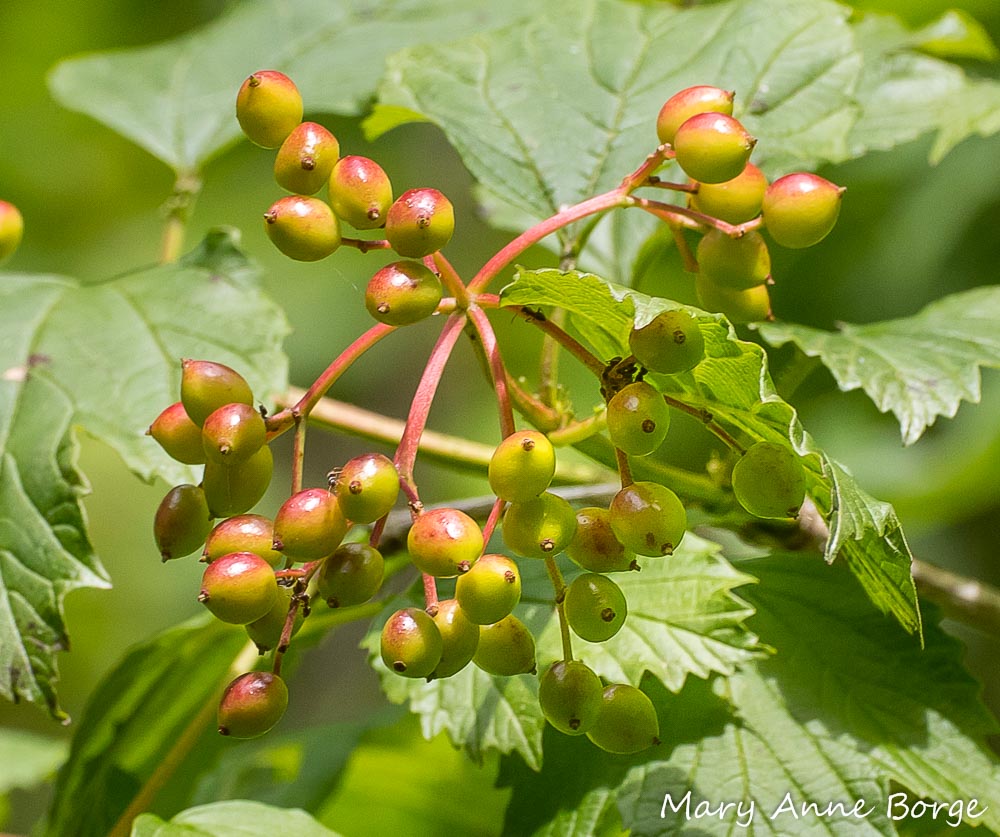
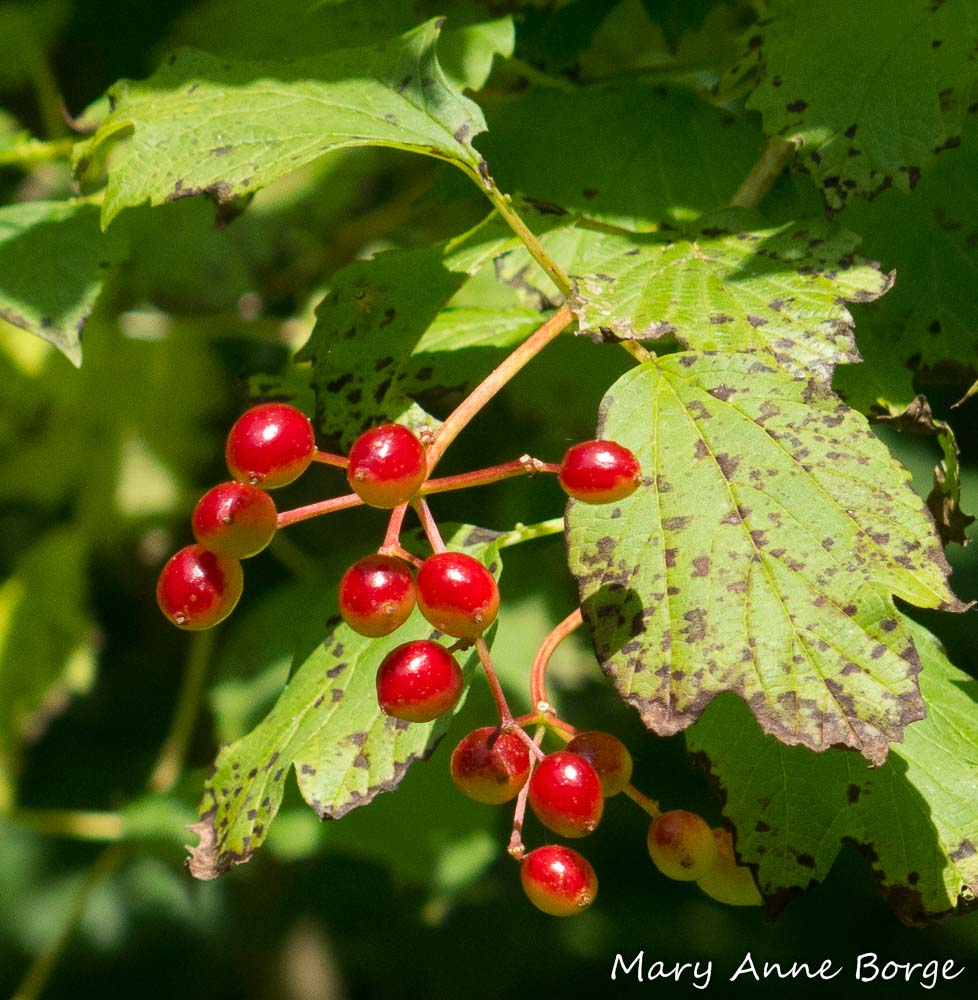
American Cranberrybush fruit has a relatively low fat content, so it is less desirable for migrating birds than some other options like Spicebush (Lindera benzoin). It often lasts well into the winter, but this year, where I live and play in central New Jersey and eastern Pennsylvania, the fruit was already gone by mid-November. Of course, we have already had a few hard freezes, followed by warm-ups.
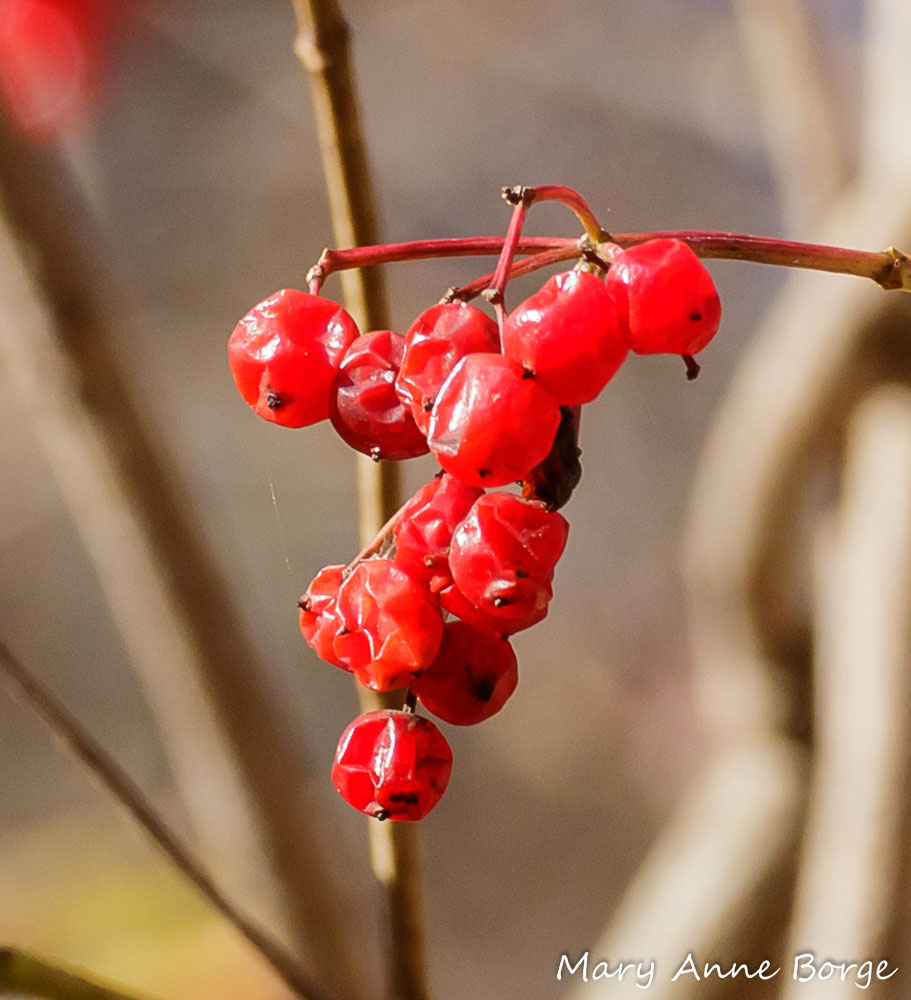
Robins, Bluebirds, Hermit Thrush, Cedar Waxwings, grouse and many more birds eat American Cranberrybush fruit.
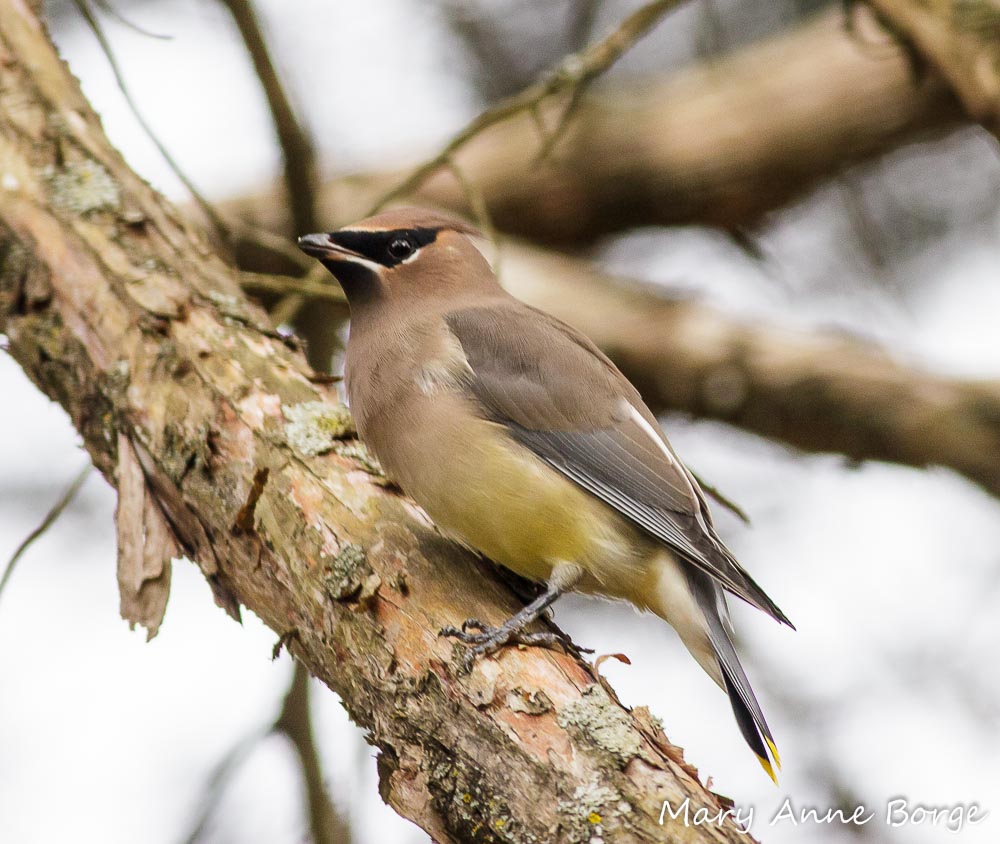
All kinds of animals, from moose to fox to squirrels and mice also eat the fruit.
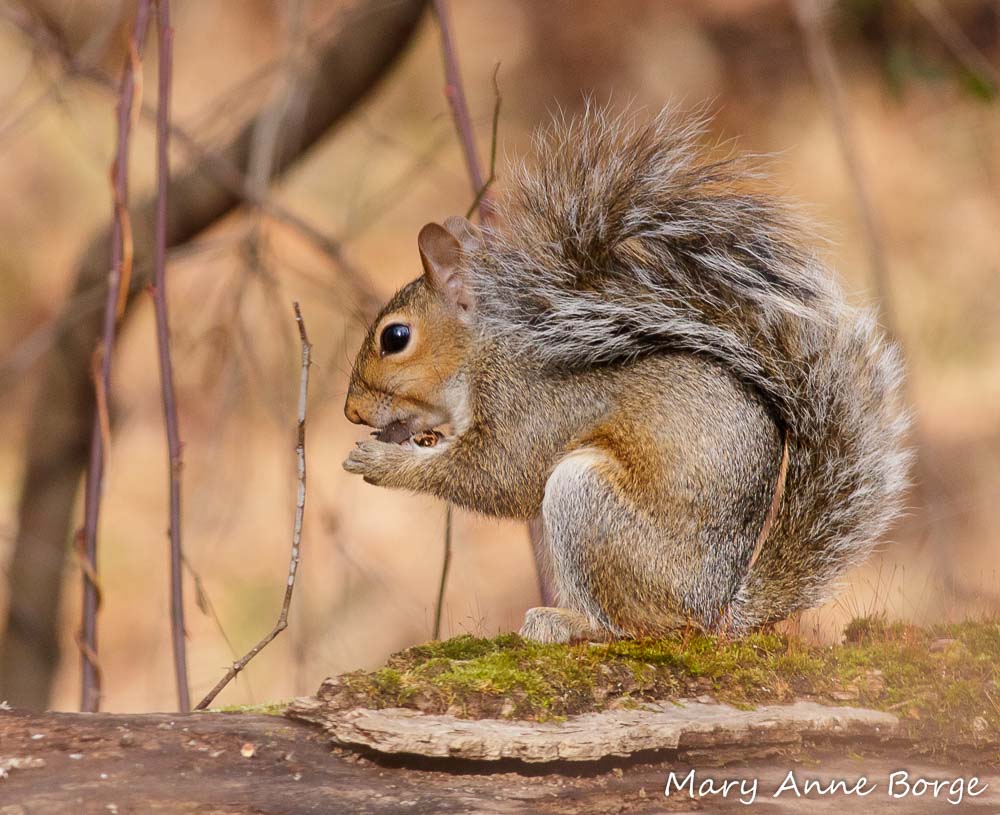
What about humans? If we get to it before our animal neighbors do, can we use this fruit as an actual cranberry substitute? If it is cooked with sugar or other sweetener added, people find the fruit of American Cranberrybush edible, too. Some sources say that fruit from European Cranberrybush tends to be more bitter.
Look for American Cranberrybush in wet woods or along streams in its native range, from Nova Scotia to British Columbia in Canada, and in the United States from Maine to Washington state, south to New Jersey, West Virginia and Illinois, although it is more common in the eastern US. The USDA also shows it in one county in New Mexico.
Happy Thanksgiving! Enjoy those cranberries!
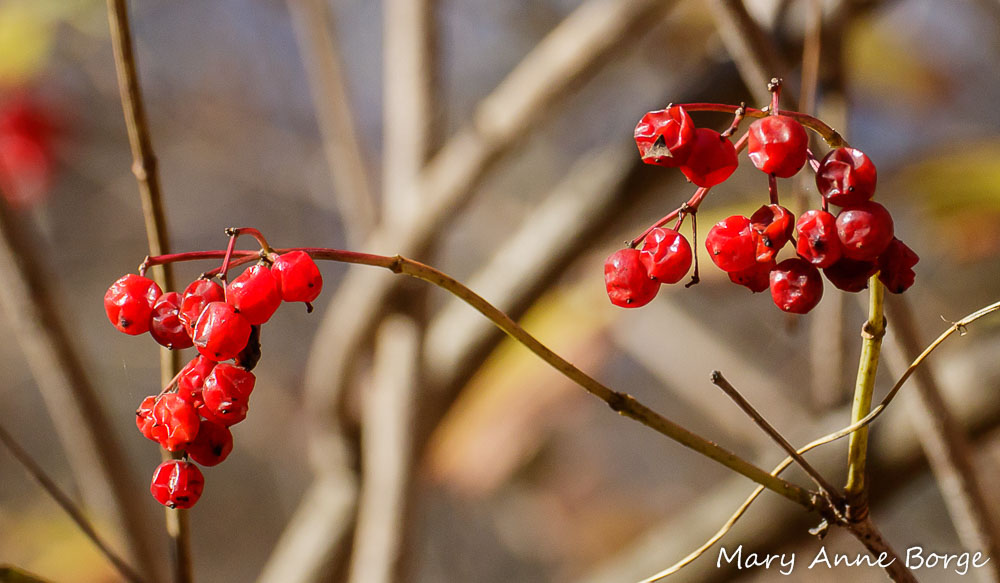
Related Posts
Praying for Spring? So is Hobblebush Viburnum
‘Will Work for Food’ – Extra-floral Nectaries
Resources
Beadle, David; Leckie, Seabrooke. Peterson Field Guide to Moths of Northeastern North America. 2012.
Cech, Rick; Tudor, Guy. Butterflies of the East Coast. 2005.
Eastman, John. The Book of Forest and Thicket. 1992.
Levine, Carol. A Guide to Wildflowers in Winter. 1995.
Peterson, Lee Allen. A Field Guide to Edible Wild Plants of Eastern and Central North America. 1977.

Pingback: ¿Es el arándano americano invasivo? - Gardenun
Thank you for the greater appreciation you’ve given me for the American Cranberry bush. A few years back we purchased one through our nature conservancy as an additional food source for our songbirds. It has grown to 6ft plus and is a favorite of our bluebirds and cedar waxwings. I was so focused on its benefits to birds I hadn’t considered who else is benefitting from its presence until reading your post. Out of curiosity I trekked back to see if it had any berries left. There are only 2 little clumps hanging on.
It’s amazing all of the links between plants and animals, and fungi, too.
I had seen these on my walks/hikes around Mercer/Somerset/Hunterdon County and wondered what it was. I think there is a plant growing in my backyard.
There is a non-native, invasive species, Linden Viburnum (Viburnum dilatatum) that also has red fruit right now. The easiest way to tell the difference is leaf shape. American Cranberrybush have leaves with three lobes, much like Red Maple (Acer rubrum), Linden Viburnum leaves don’t have lobes, they resemble Arrowwood Viburnum leaves. When leaves aren’t present, like now, you should be able to tell by the hairiness on the branches of Linden Viburnum, absent on American Cranberrybush.
Lovely work as always! I planted an American Cranberry bush this Fall. Looking forward to seeing what happens next year! Thanks for all the great info and of course the photos!
Good luck with your new Cranberrybush! It’s good to hear from you, especially in these uncertain times. I’m glad you enjoyed the post.
Great, I love all your posts!!!
Thank you, Deedee!
After dinner last night I had a wonderful conversation about our newly acquired naturalpool, area and all the wildlife on our property. We will be purchasing to start it up! Thank you so much for all this excellent information!
I’m glad you found it helpful!
Happy Thanksgiving,Mary Anne! Such delightful photos! The pollinators are such a great life force. What a gift you have given me.
Happy thanksgiving, Patricia! Stay well!
Happy Thanksgiving !
Your posts really are the best. I really appreciate your writing and of course the research and the accompanying wonderful photographs. The photographs are what really help a novice like myself. I will print them and be able to take them outside come Spring. Thank you.
A lovely post and so well illustrated!
Thank you, Bill!